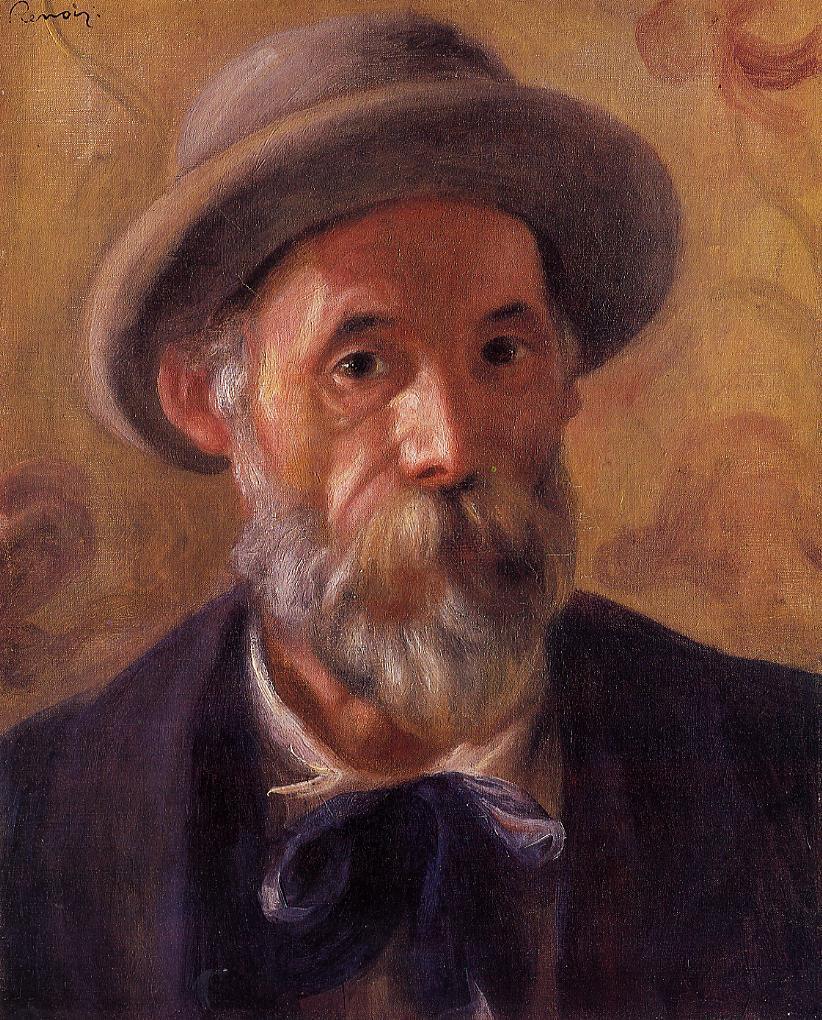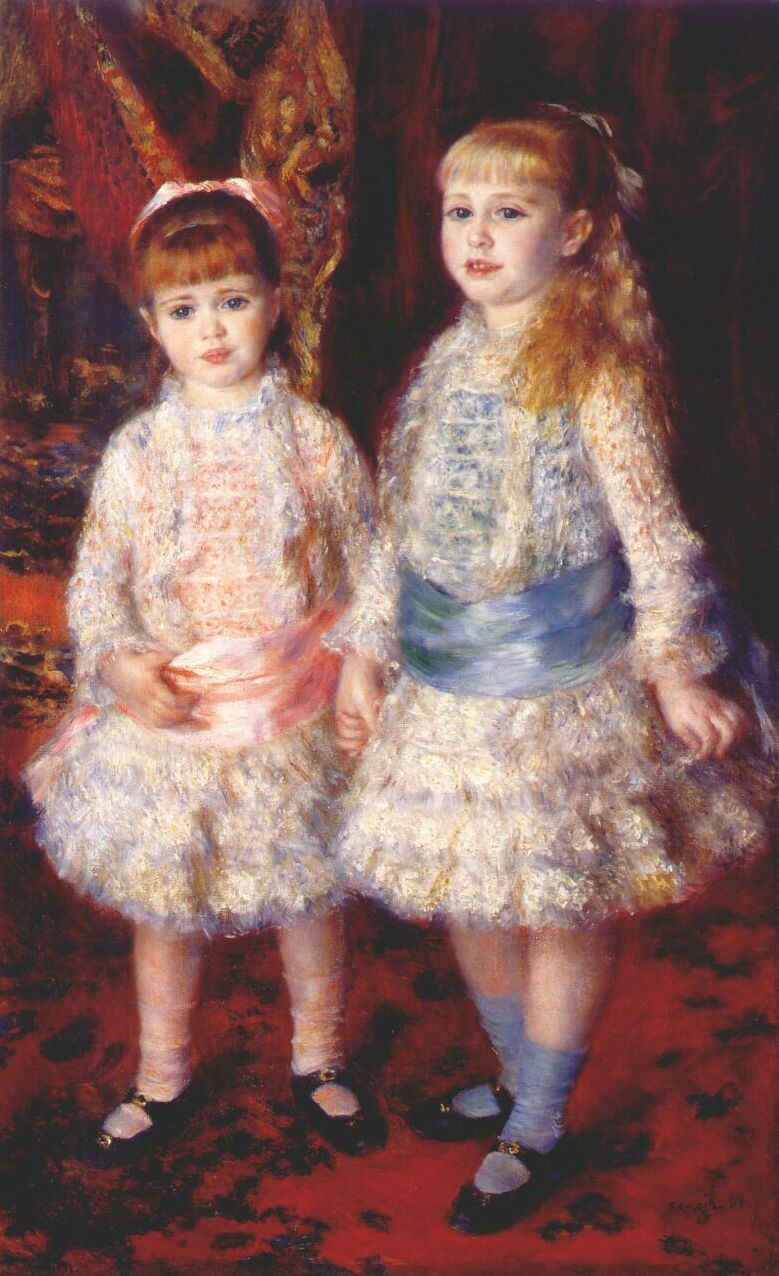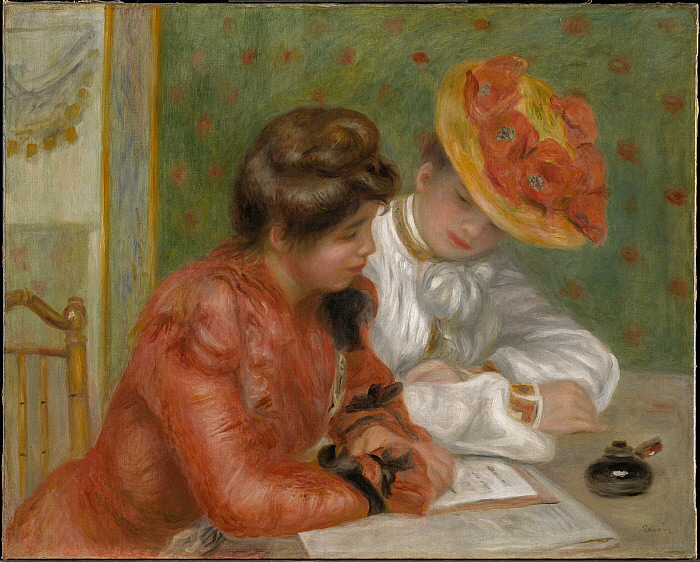5 Famous Artists Who Were Migrants and Other Stories
As long as there have been artists, there have been migrant artists. Like anyone else, they’ve left their homeland and traveled abroad for many...
Catriona Miller 18 December 2024
31 August 2023 min Read
The artworks of French painter Auguste Renoir are renowned for their light, conspicuous brushstrokes, as well as their pure beauty. Behind mastery precision, there was also great physical pain. However, this did not hinder the artist from pursuing his creative endeavors aimed at encapsulating mesmerizing beauty.
Pierre-Auguste Renoir was born on the 25th of February, 1841. The vivid coloring of the canvases hides the pain experienced by the artist, especially in the final years of his life, which never stopped his activity.

He began working as a young painter of porcelain and textiles. At age 21, Renoir entered the École des Beaux-Arts in Paris. He then went on to study under the instructions of painter Charles Gleyre, where he met and befriended Claude Monet, Alfred Sisley, and Frederic Bazille.
Along with these painters, Renoir is considered one of the most important artists of Impressionism. Even though his paintings were initially rejected by the Academy and the public, along with those of his friends, with time he became one of the most admired artists of his generation. He remains so to this day.

Renoir portrayed mainly landscapes and people, using his friends as models. In all his works, it is possible to perceive such great luminosity that it almost plays the role of yet another character on the canvas. Vibrant colors and seemingly insignificant daily moments are trademarks of his work.

Despite the initial resistance to his work, Renoir was eventually recognized and his art was finally admired. Even the French government bought one of his works. Things were going well. Unfortunately, in 1899, he was afflicted with rheumatoid arthritis. Rheumatoid arthritis is a disease that causes a lot of pain and inflammation in the joints. In addition, the person affected by it may also have deformities and in the case of the painter, his hands were deformed. Consequently, his movements became very restricted and each movement was a big and certainly painful effort.
His son, Jean Renoir, recounts in the book Renoir, My Father people’s reactions to his father’s paintings after seeing his hands:
Visitors who were unprepared for this could not take their eyes off his deformity. Though they did not dare to mention it, their reaction would be expressed by some such phrase as “It isn’t possible! With hands like that, how can he paint those pictures? There’s some mystery somewhere.
Jean Renoir, Renoir, My Father, 2001, New York Review Books.
Renoir persisted in his painting until his passing in 1919. The sheer volume of his creations is astonishing, considering the challenging task of even moving his wrists due to the pain he endured. Despite this, he managed to produce such exquisite beauty in his works. Perhaps we can find an answer in his own words, as he once said: “Pain passes, but the beauty remains”.
DailyArt Magazine needs your support. Every contribution, however big or small, is very valuable for our future. Thanks to it, we will be able to sustain and grow the Magazine. Thank you for your help!